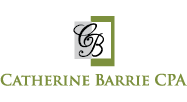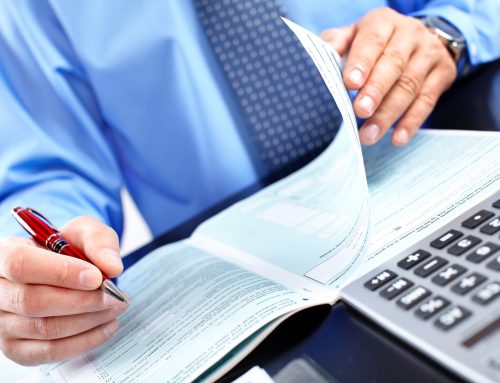Catherine Barrie Accounting and planning for your retirement.
Tax season is upon us and many people in Ontario may be wondering how to get the most out of their return by making investments in their Registered Retirement Savings Plan (RRSP) and/or Tax Free Savings Account (TFSA).
But what are the main differences between the two accounts and how can you use them to your advantage when you file your taxes?
CTV News’ Chief Financial Commentator Patricia Lovett-Reid explained that with a TFSA, the biggest benefit comes when you choose to withdraw your money.
“With a TFSA, you do not get a tax refund. You put the money in with after-tax dollars. What you decide and how you decide to invest in the plan is where the real benefit comes in,” Lovett-Reid told CTV News Toronto. “Because when you take that money out, and if it has grown exponentially, you don’t have to pay tax on it.”
On the flipside, with an RRSP, you can deposit money into that account and actually deduct your contribution from your income on your tax return.
“Let’s say you’re in Ontario and you make $75,000 a year and you contribute $7,500 to your RRSP. You’ve paid in tax about $22,200. You get back roughly $9,500,” Lovett-Reid said, while citing information available on Turbo Tax.
From there, Lovett-Reid advised that you can take that money and invest it back into your RRSP, and reduce your taxable income for next year’s tax filing, or use the money to pay down debt.
“The point is: you don’t blow it,” Lovett-Reid said.
READ MORE: What millennials need to know about retirement savings
It should be noted however that any withdrawals made from your RRSP will be taxed because contributions into the account are made with pre-tax dollars.
But not everyone has $7,500 lying around, so how much should you contribute to either account if money is tight?
According to Lovett-Reid, even a small contribution can go a long way.
“When you put money into an RRSP, for example, regardless of your age and even if it’s a small amount, the younger you are, the more powerful it is because you have time and compounding on your side,” she said.
Once the money is in your RRSP, what can you do with it?
As the name suggests, your RRSP is for retirement and can be used to build your net worth and reduce your taxable income. But it’s important to start making those investments now, Lovett-Reid explained.
“If you don’t save, the lifestyle that you’ve been enjoying will be totally compromised. And what I mean by that is, right now, you can fund your lifestyle and enjoy it because you have a job. You have your salary, you have capital, and you have your human capital: your ability to go out and earn a living,” Lovett-Reid said. “But when that day comes and you don’t [have those resources], what sustains the lifestyle that you’ve become accustomed to throughout your life? It’s your investment capital.”
The funds in your RRSP can also be use to further your education or to buy a home without paying any additional tax. However, it’s important that you put money back into the account as quickly as you can.
“You get the first year free, but then you have to pay back one-fifteenth of the amount that you took out. If you miss a year, to the extent that you miss your payment, you have to take that into taxable income,” Lovett-Reid said.
You have 15 years to repay the money withdrawn from your RRSP if you do so before retirement.
As for where or who to use to actually file your taxes?
You should you use a professional accountant like us at Catherine Barrie Accounting to work with you to make sure you are getting all the best benefits planning for your future. And addressing your current taxes at the same time. Call to set up a free consultation 705-719-7778






